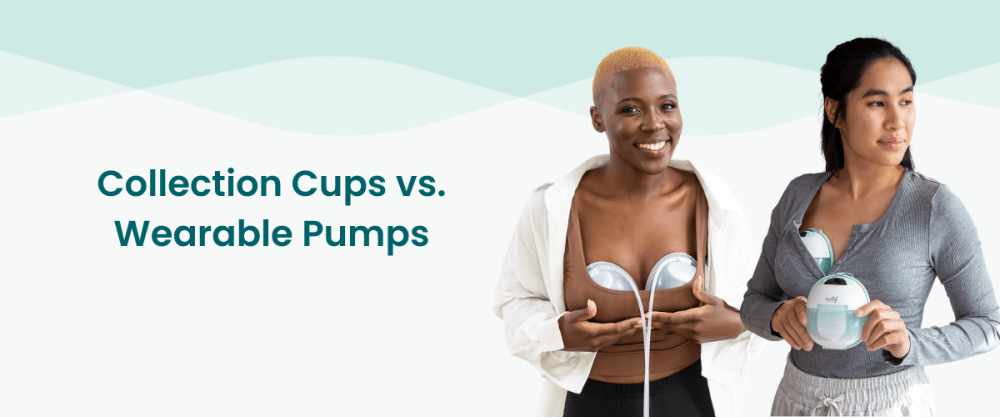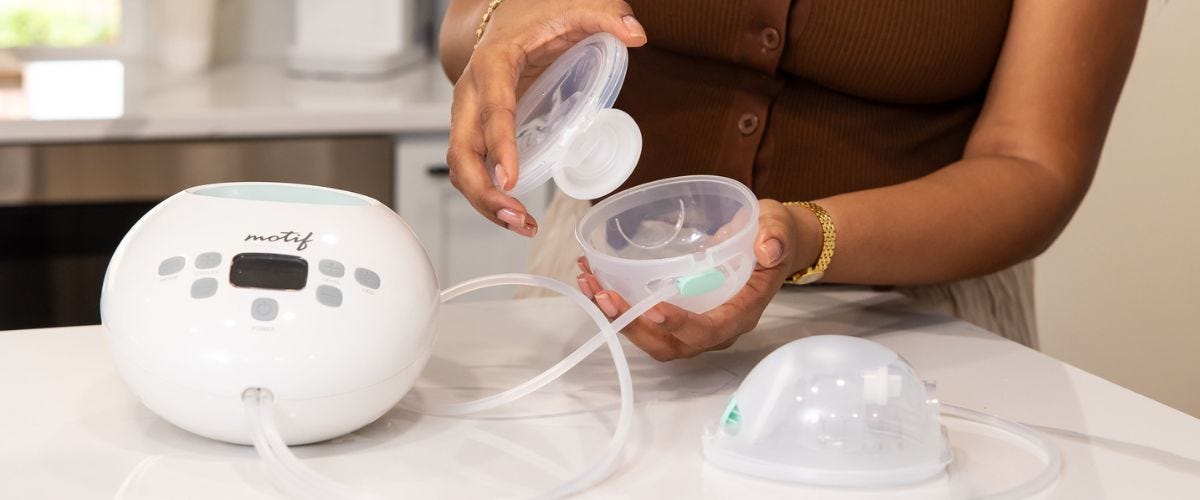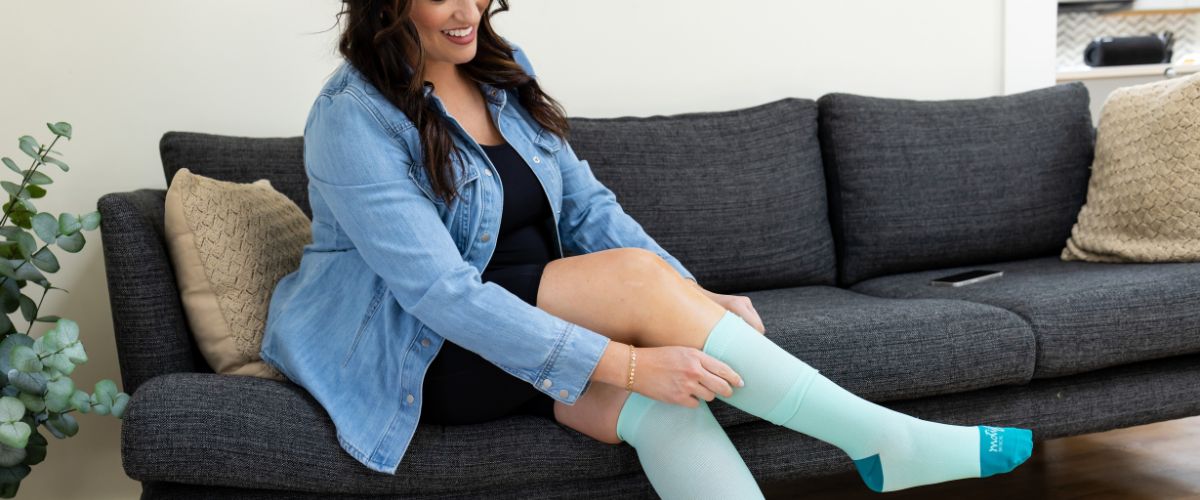Golden Hour
The first hour after birth is referred to as “the golden hour” because it is a unique time of transition for both the birthing parent and the baby. When a baby is placed on the mother’s chest or abdomen and receives early skin-to-skin contact, this intimate connection helps both individuals begin the physiological adaptations to life postpartum. In addition to supporting the physical changes happening during this time, immediate skin-to-skin contact promotes bonding and emotional safety, which decreases stress levels for both. Although the first hour after birth is particularly important, you can get the benefits of skin-to-skin contact with your baby at any time! Let’s take a closer look at what you can your baby will gain from skin-to-skin contact in the postpartum and how it can benefit your breastfeeding relationship.
Physical Benefits
Benefits for Mother
When a new mom can hold her baby skin to skin after the birth, it helps her body make the hormonal and physical transition to postpartum life. With the baby on the birthing person’s bare chest, oxytocin is released that calms and relaxes them both. For low birth weight or preterm infants, this connection is important and has been given a specific name: kangaroo care.


Just like kangaroo mothers carry their joeys close to them, it is beneficial for human mothers to keep their newborn babies close by and carry them around with them. The research strongly supports the physical benefits of skin-to-skin contact during postpartum that NICUs (neonatal intensive care units) have kangaroo mother care as part of their regular protocols.
Benefits for Baby
For a baby, skin-to-skin time with either parent improves the newborn physical conditions(1). Newborns are still figuring out how to regulate their body temperature and being held in contact with their mother’s body helps their body maintain the right temperature. Baby’s heart rate and respirations can also be irregular in the immediate postpartum and as you may have guessed, being skin-to-skin helps their body know the best rates for that, too! There is a theory that the first hour after birth is a critical time for babies, a time of opportunity to help them know the best way to function in the outside world(4). Keeping these baby's needs in mind and holding baby skin-to-skin optimizes the opportunity for your baby to get the best start in life.
Emotional Benefits
Both parents and their baby receive emotional benefits by observing daily skin-to-skin time. For the parents, spending time snuggled up with their baby fosters a closer emotional connection.
It encourages positive feelings about becoming a parent and taking care of their new baby.
Parents who spend time skin-to-skin with their newborns are less likely to struggle with anxiety and depression during the postpartum time(1). Parents who regularly engage in skin-to-skin contact with their baby also report feelings of less fear and guilt about being a parent and being able to care for their newborn(2). These emotional benefits can help prevent or lessen the severity of postpartum depression and anxiety.
Baby receives emotional benefits from skin-to-skin contact, too! Having this close contact and connection with a parent reduces the baby’s stress levels reduces their cortisol levels and positively impacts the baby’s feeding, sleeping, and awake time behaviors(1). Babies held skin-to-skin for at least one hour every day cry less and for shorter amounts of time(3). This benefit was seen with parents who engaged in an hour of skin-to-skin contact per day for the first 5 weeks of the baby’s life, so the advantages of skin-to-skin don’t go away after the first few days! Babies love being cuddled right up next to you and the studies show that they sleep better when they regularly receive this cuddle time with their parents.
Breastfeeding Benefits
If you are planning to breastfeed your baby, the skin-to-skin connection is particularly crucial for postpartum. Having skin-to-skin time with either parent in the first hour of life increases the breastfeeding rate among families(1). This crucial practice not only increases the success of the first feeding but also impacts how long that first feeding lasts(4). Both skin-to-skin contact and breastfeeding cause a release of oxytocin in the body and when both of these steps are taken in the first hour of life, it has many positive effects on the breastfeeding relationship, from successful initiation of breastfeeding to adequate milk supply, and longer duration of successful breastfeeding.
Increasing Milk Supply
For many families, the most notable outcome of skin-to-skin contact is that it increases the milk supply. If you’ve ever breastfed a baby you know how common it is to wonder if your baby is getting enough! But the simple act of holding your baby skin to skin will set you up for a healthy breastmilk supply. But milk supply is not the only benefit—skin-to-skin contact helps stimulate digestion in your baby and prompt an interest in feeding, which positively impacts the breastfeeding session. Being on the parent’s skin also exposes the baby to your microbiome, which helps them build a healthy microbiome and immune system, too. If your goal is to exclusively breastfeed your baby, then having regular skin-to-skin time is important. This is true for both full-term babies and premature babies!
Partner Support
There are a plethora of benefits to skin-to-skin contact in the immediate postpartum period. Physically and emotionally, this intimate contact promotes a healthy transition for both the mom and the baby. It also benefits the bonding with Dad!


For families who intend to exclusively breastfeed, I recommend that the birthing parent spend at least one hour each day with the baby skin-to-skin on the mother’s body to promote a smooth transition to postpartum and a healthy milk supply in their ongoing breastfeeding relationship.
Information provided in blogs should not be used as a substitute for medical care or consultation.










